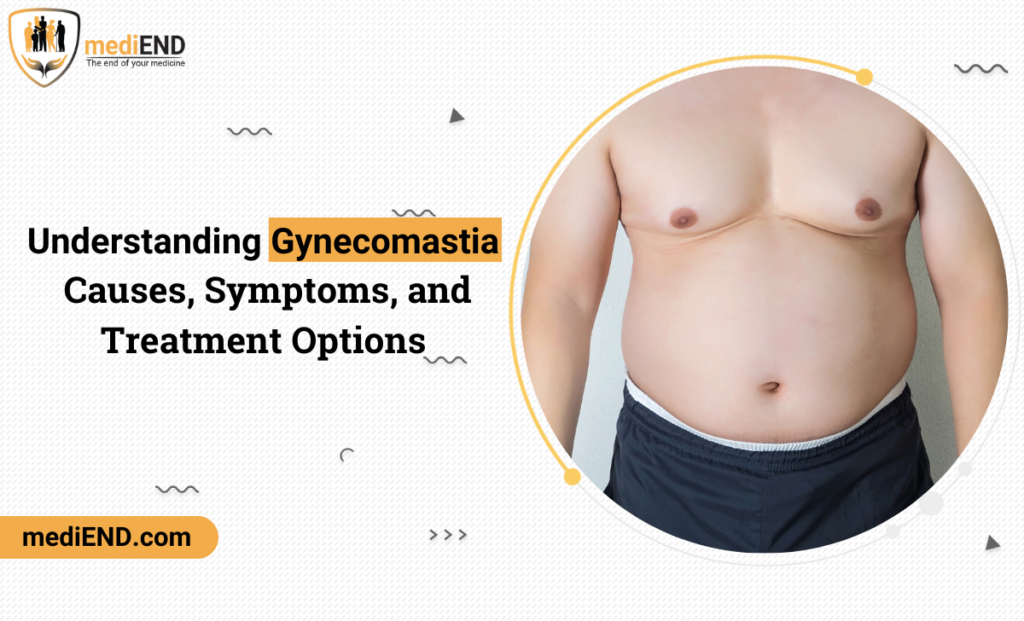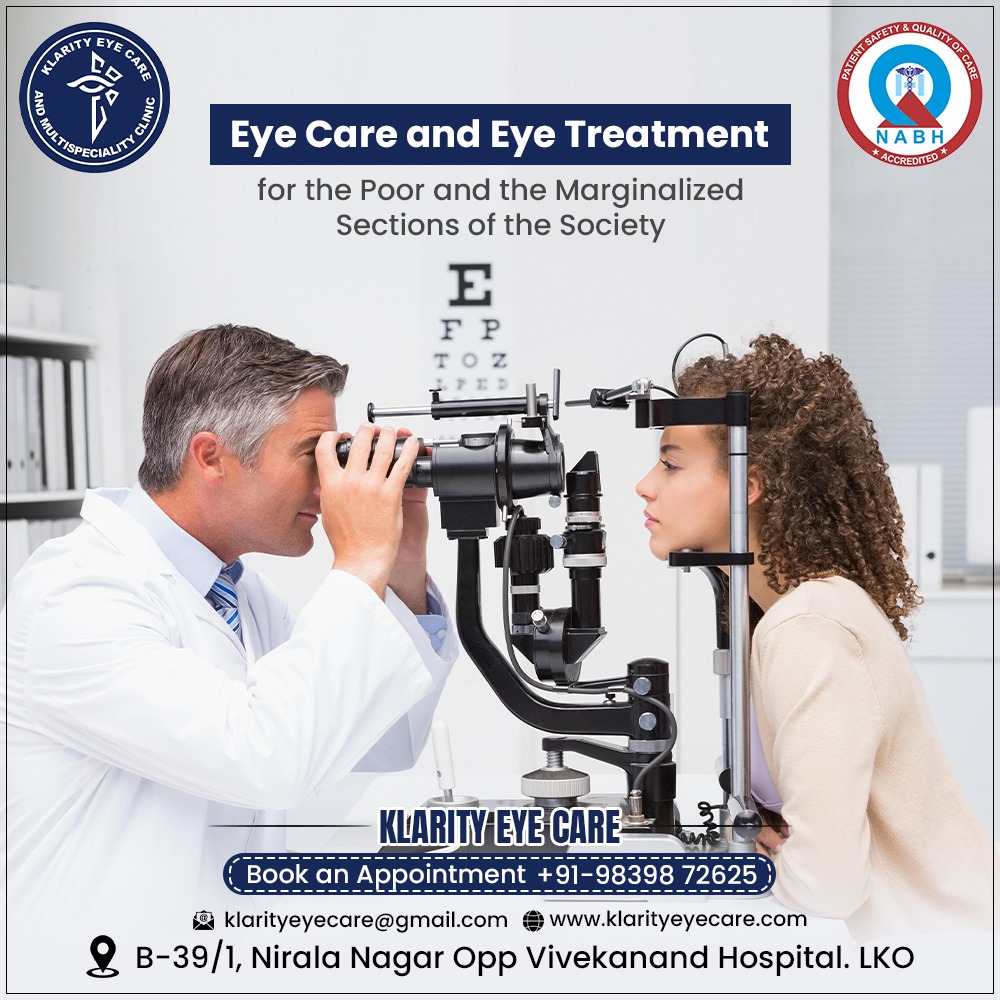Generalized Anxiety Disorder (GAD) is a chronic mental health condition characterized by excessive and uncontrollable worry about various aspects of life. Individuals with GAD often experience heightened levels of anxiety over everyday situations, including work, social interactions, and even minor tasks. The constant state of worry can be mentally exhausting and can significantly impact a person’s overall well-being, relationships, and daily functioning.
While traditional forms of therapy, such as Cognitive Behavioral Therapy (CBT) and medication, are commonly used to manage GAD, alternative treatment options have gained recognition for their potential benefits. One such approach is animal assisted psychotherapy, which incorporates animals into therapeutic settings to promote emotional healing and manage mental health conditions, including GAD. This article will explore what animal-assisted psychotherapy is, how it works for GAD, the benefits it offers, and how it can complement other treatments for managing anxiety disorders.
What is Animal Assisted Psychotherapy?
Animal assisted psychotherapy (AAP) is a therapeutic approach that involves animals as an integral part of the treatment process. It is typically conducted under the guidance of a licensed mental health professional who specializes in incorporating animals into therapy. The role of the animal is to provide emotional support, facilitate therapeutic interventions, and enhance the overall treatment experience.
The animals used in AAP can vary, but dogs, horses, and even smaller animals such as rabbits and guinea pigs are the most common. These animals are specifically trained to interact with patients in a way that promotes healing, and the therapist guides the sessions to ensure the therapeutic goals are being met.
In the context of Generalized Anxiety Disorder, the presence of animals can help reduce feelings of stress and anxiety, increase relaxation, and improve emotional regulation. Animals have a unique ability to provide unconditional support and comfort, which can help patients feel safe, validated, and more connected to the therapeutic process.
How Animal Assisted Psychotherapy Works for Generalized Anxiety Disorder
Animal-assisted psychotherapy can be particularly effective for individuals with Generalized Anxiety Disorder due to the calming and grounding influence that animals can provide. GAD is often characterized by excessive worry, restlessness, and difficulty in managing stress, and traditional therapy methods may not always offer immediate relief. Animal-assisted psychotherapy complements other treatment modalities and can enhance the therapeutic process in the following ways:
1. Creating a Safe and Comfortable Environment
One of the most challenging aspects of GAD is the constant state of alertness and unease that many individuals experience. This heightened anxiety can make it difficult to open up in traditional therapy settings. The presence of an animal, particularly one that is calm and non-judgmental, can provide a sense of security and comfort, helping patients feel more relaxed and less anxious. The animal’s presence often encourages patients to open up about their worries, as they feel safe in a non-threatening environment.
2. Reducing Physiological Symptoms of Anxiety
People with GAD often experience physical symptoms of anxiety, such as muscle tension, increased heart rate, shallow breathing, and gastrointestinal discomfort. The interaction with animals in therapy can help reduce these physical symptoms. Petting or interacting with animals has been shown to lower blood pressure, reduce cortisol (the stress hormone), and increase levels of oxytocin, a hormone associated with bonding and relaxation. These physiological benefits help counteract the physical effects of anxiety and promote a more peaceful state of mind.
3. Improving Emotional Regulation
One of the key components of Generalized Anxiety Disorder is the difficulty in managing emotions, particularly when it comes to stress and worry. Patients with GAD may find it difficult to regulate their emotions in a healthy way, often leading to overwhelming feelings of panic and distress. Animal-assisted psychotherapy can help individuals develop better emotional regulation by providing opportunities to engage in emotionally supportive interactions with the animal. These interactions can serve as a coping mechanism, teaching individuals how to soothe themselves during moments of anxiety and distress.
The animal’s ability to provide consistent, nonjudgmental emotional support allows individuals with GAD to feel understood, even when their own emotions are difficult to manage. This process can help patients develop healthier emotional responses and increase their ability to cope with anxious thoughts and feelings in their everyday lives.
4. Promoting Mindfulness and Grounding Techniques
Mindfulness techniques are commonly used to help individuals with GAD stay present and reduce excessive worry about the past or future. However, for many individuals with anxiety, mindfulness can feel overwhelming or difficult to practice. In contrast, animal-assisted psychotherapy naturally encourages mindfulness through interaction with the animal. Whether it’s focusing on the sensations of petting a dog or watching a horse interact with its surroundings, animals help patients center their attention in the present moment.
This grounding effect can have immediate benefits in reducing anxiety, as patients are encouraged to focus on the sensations and emotions they experience in the moment, rather than getting lost in a cycle of worry. The animal’s presence naturally brings attention to the here and now, providing a practical way for individuals to manage their anxiety and shift their focus away from anxious thoughts.
5. Building Trust and Rapport
Many individuals with GAD struggle with interpersonal relationships due to their constant worries and fears. The anxiety associated with social interactions can lead to feelings of isolation and a lack of trust in others. Animal-assisted psychotherapy can help patients rebuild trust and rapport in a therapeutic setting by providing a non-threatening, reliable, and comforting presence.
The bond formed with an animal during therapy can serve as a model for healthy relationships and emotional connections. Over time, patients may begin to trust the animal and the therapist more deeply, fostering a sense of connection that can extend to other relationships in their lives.
The Benefits of Animal Assisted Psychotherapy for GAD
There are numerous benefits to incorporating animal-assisted psychotherapy into the treatment plan for Generalized Anxiety Disorder. These benefits include:
1. Reduced Anxiety Symptoms
Studies have shown that interacting with animals can have a significant calming effect on individuals, reducing feelings of anxiety and stress. For those with GAD, the presence of an animal during therapy sessions can help lower anxiety levels and provide emotional support when dealing with distressing thoughts and feelings.
2. Improved Self-Esteem and Confidence
For individuals with GAD, excessive worry can lead to low self-esteem and a lack of confidence. Animal-assisted psychotherapy can help improve self-esteem by providing individuals with opportunities to feel needed, appreciated, and cared for, especially through the bond they form with the therapy animal.
3. Enhanced Social Skills
Interacting with animals can provide individuals with GAD a way to practice social skills in a safe and supportive environment. This can be especially beneficial for individuals who struggle with social anxiety and fear negative evaluation from others.
4. Increased Motivation to Engage in Therapy
Some individuals with GAD may find it difficult to stay motivated to engage in traditional forms of therapy. The inclusion of an animal in the treatment process can make therapy sessions more enjoyable and provide added motivation to attend and actively participate in treatment. This increased engagement can lead to more successful therapeutic outcomes.
Integrating Animal Assisted Psychotherapy with Traditional Treatments
Animal-assisted psychotherapy is not meant to replace traditional treatments for Generalized Anxiety Disorder, but rather to complement and enhance them. A comprehensive treatment plan for GAD typically includes therapy (such as Cognitive Behavioral Therapy), medication, and lifestyle changes. Animal-assisted psychotherapy can be incorporated as an additional tool to help reduce anxiety, promote relaxation, and improve emotional regulation.
Conclusion
Animal-assisted psychotherapy offers a unique and effective approach to managing Generalized Anxiety Disorder. Through the calming presence of animals, individuals with GAD can experience reduced anxiety symptoms, improved emotional regulation, and greater relaxation. This therapeutic modality provides a holistic approach to anxiety management and can be a valuable complement to traditional therapies. As awareness of animal-assisted therapy grows, it is likely that more individuals with GAD will benefit from this innovative and compassionate form of treatment.

